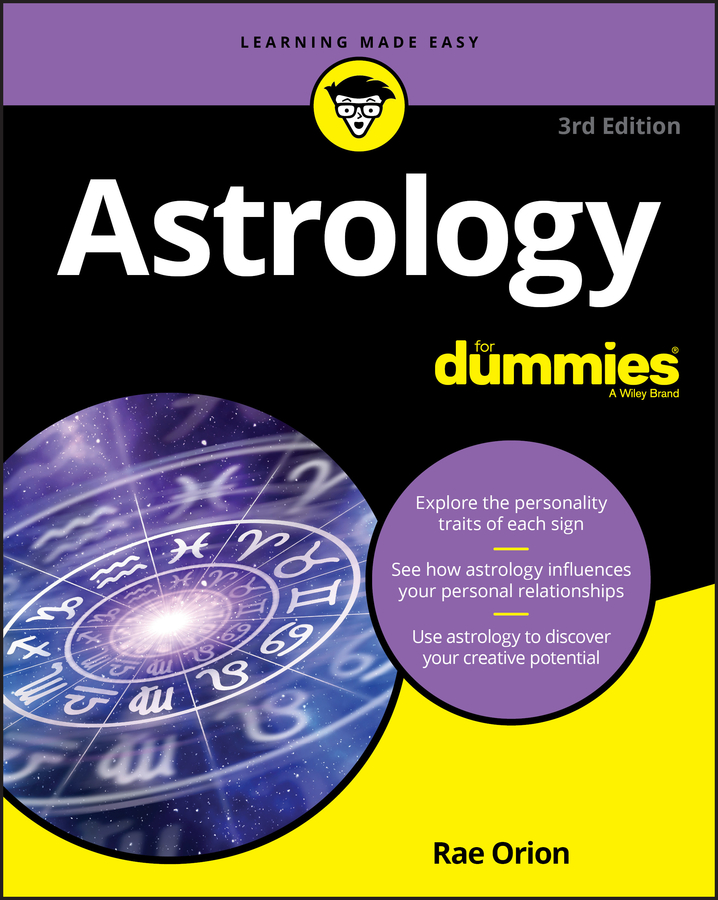
Once demonstrated that there is no contamination (that no RT control yields no signal) in less than 35 cycles, for the rest fo the tests (confirmation assays) you do not have to include it. this control is used to address potential products arising from genomic DNA contamination and this is sample/primer pair specific. However, if you are running RAN samples on the gel, For every RNA sample used to make cDNA you need to include 1x no RT control for each primer pair. With that being said, whenever you want to separate DNA products, not RAN products, you do not need 'No RT control'. We use RT PCR for RNA samples when we generate cDNA. Hope I answered your amazing question.įor those do not knowing No RT control is negative control use din Gel electrophoresis experiments.

I myself once had the same question in my mind but realized that the viscous drag is the game changer of the scenario. Yes all your equations are correct and they travel at the same acceleration but it's the viscous drag through the gel that causes heavier DNA fragments to move slower than the lighter DNA fragments. This is a tutorial for new uses and dives into t. The more electrons in the DNA fragment ,the stronger the intermolecular london forces of attraction between the DNA fragment and the gel molecules so the greater the viscous drag experienced by the DNA fragment. In this video 'Back to Basics' I explain the fastest way 'in my opinion' to get started using Band in a Box. The longer the DNA fragment ,the more atoms it contains so the more electrons it contains. The mass of the DNA fragment depends on the length of the DNA fragment. This viscous drag is proportional to the mass of the DNA fragment. The DNA fragments move through the agarose gel so they are experiencing viscous drag as they move through the gel.

However, there's one more factor that comes in play. When you define that a=qE/m ,you assume that the only force acting on the DNA is the electric force from the electric field so that's why your calculation takes this as the resultant force since it is the resultant force which will accelerate a body according to Newton's second law.

Your equations are correct but your model has assumptions.


 0 kommentar(er)
0 kommentar(er)
